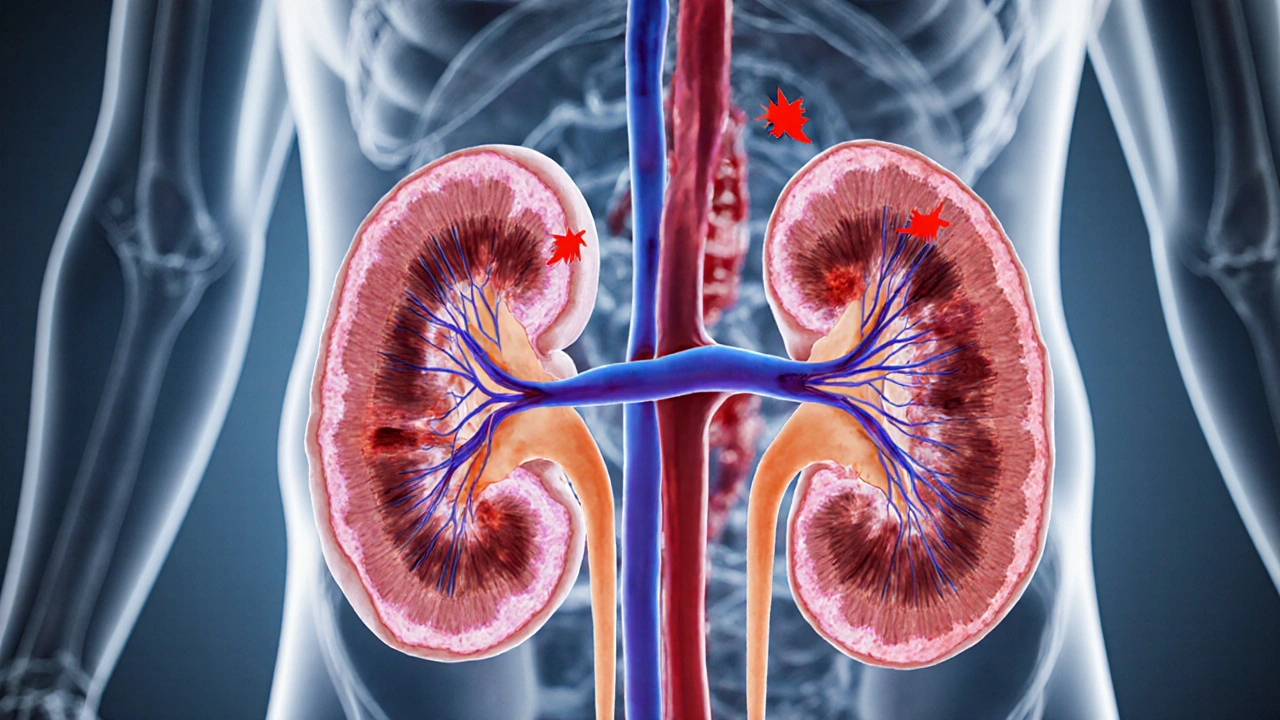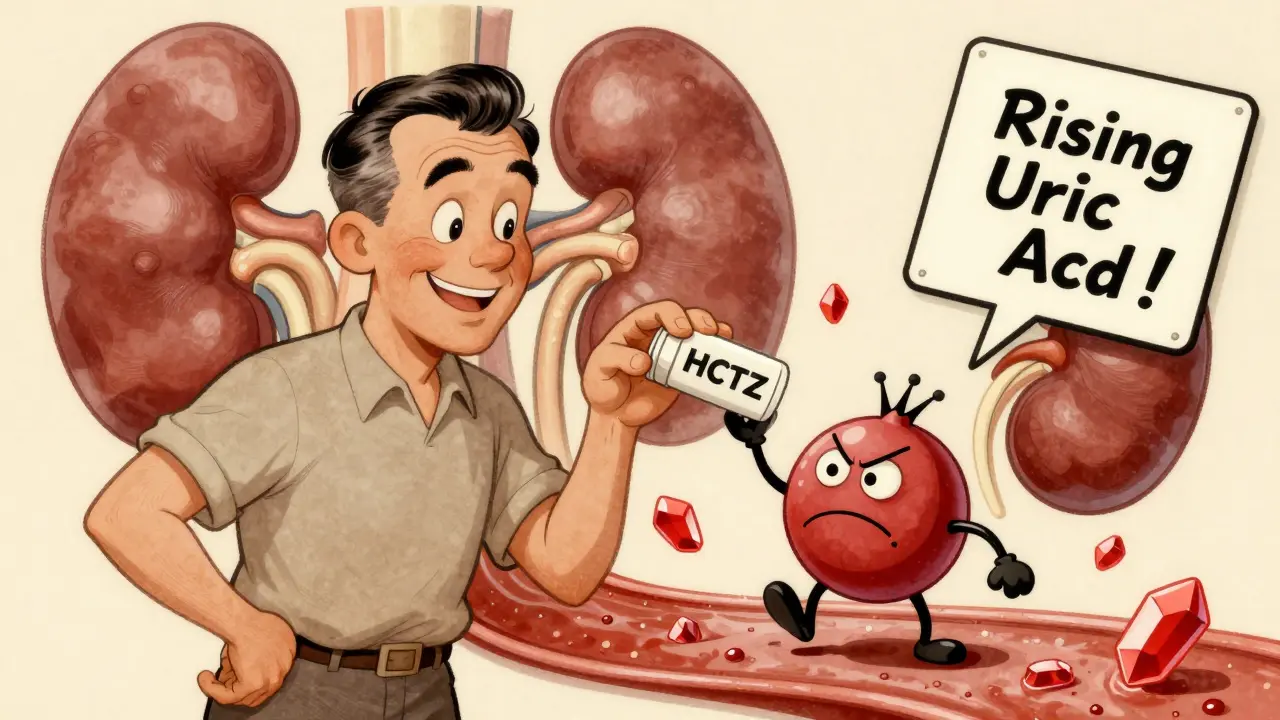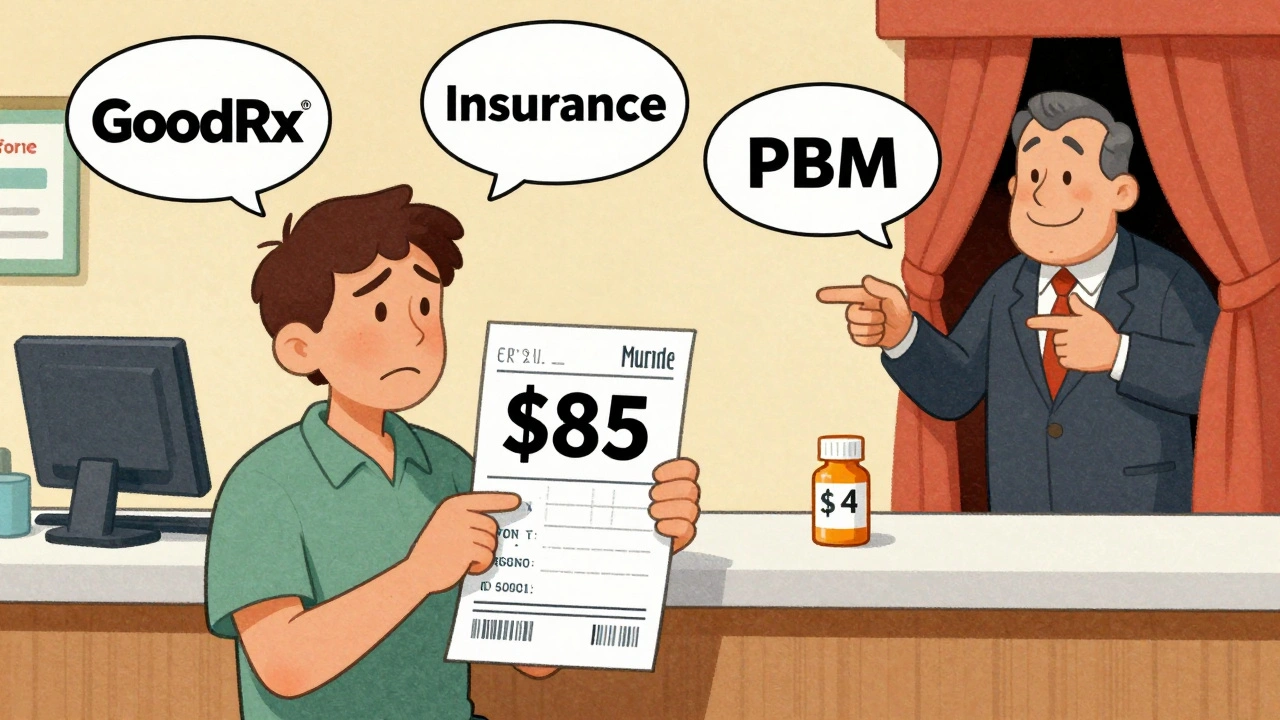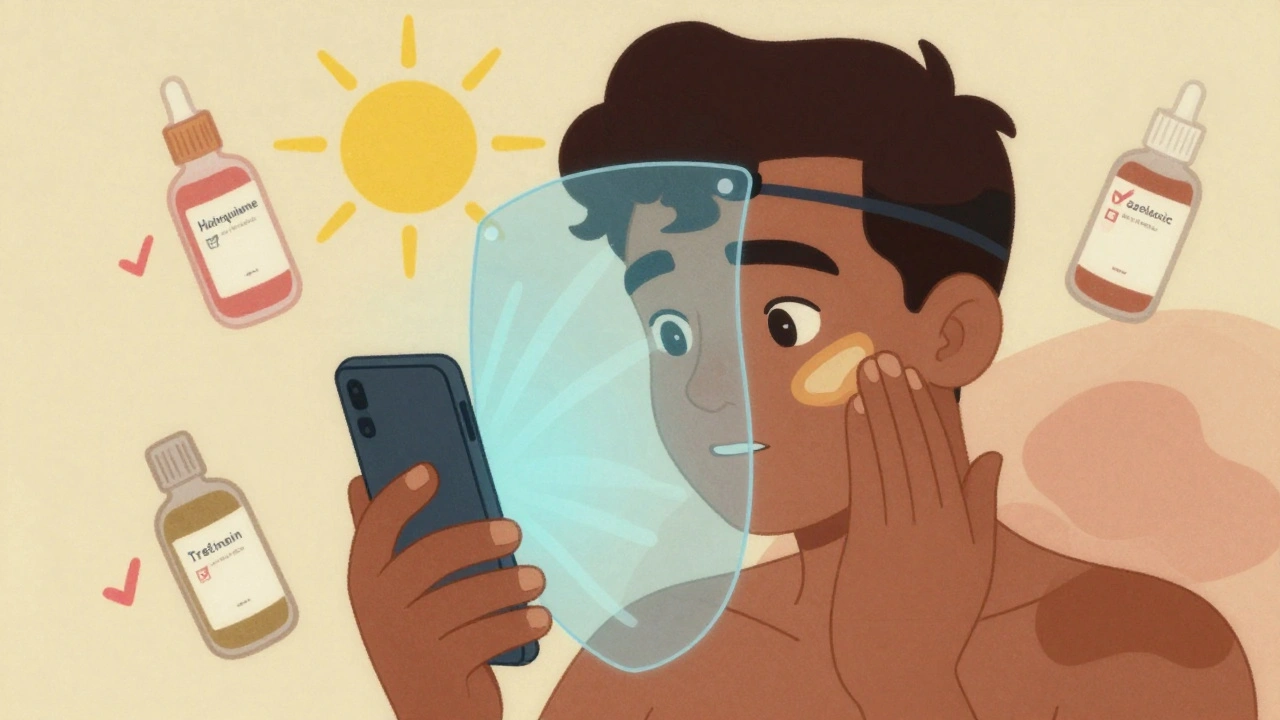High Blood Pressure: Guides, Meds & Lifestyle Tips
When dealing with High Blood Pressure, a chronic condition where the force of blood against artery walls stays above normal levels. Also known as hypertension, it can strain the heart, kidneys and eyes if left unchecked.
One of the most prescribed options is Lisinopril, an ACE inhibitor that relaxes blood vessels and lowers pressure. It’s often the first line because it’s cheap, effective and works for many age groups. When you hear doctors mention “ACE inhibitor”, they’re usually referring to drugs like Lisinopril that block the enzyme converting angiotensin I to angiotensin II.
High blood pressure management isn’t just about popping a pill. It requires a combination of medication, diet tweaks, regular exercise and stress control. The ACE inhibitor, a drug class that includes Lisinopril, works by preventing blood vessels from tightening, which directly reduces systolic and diastolic numbers. This pharmacologic effect pairs well with lifestyle steps like cutting sodium, eating more potassium‑rich foods and staying active.
Speaking of lifestyle, the DASH diet (Dietary Approaches to Stop Hypertension) consistently shows blood‑pressure reductions of 8‑14 mmHg. Adding a daily walk, brisk enough to raise your heart rate, can drop readings by 4–5 mmHg. Even modest weight loss—about 5% of body weight—makes a noticeable difference. These changes don’t replace meds, but they amplify the effect of drugs like Lisinopril and lower the dose you might need.
Home monitoring is another pillar. A validated cuff lets you track trends, spot white‑coat spikes and share accurate numbers with your doctor. Aim for two readings each morning and evening, then average them. If you notice consistent highs, it may signal that your current regimen isn’t enough, prompting a review of dosage or a switch to another class, such as calcium‑channel blockers or diuretics.
Untreated high blood pressure can lead to heart failure, stroke, kidney disease and vision loss. These complications arise because the continuous pressure damages the inner lining of arteries, promoting plaque buildup and narrowing. By keeping numbers in the target range—typically below 130/80 mmHg for most adults—you protect those organs and improve long‑term quality of life.
Below you’ll find a curated set of articles that break down specific drugs, compare treatment options, and give you step‑by‑step lifestyle advice. Whether you’re starting a new prescription, curious about how Lisinopril stacks up against other meds, or looking for practical diet tips, the collection offers clear, actionable info to help you take charge of your blood pressure today.
How High Blood Pressure Triggers Kidney Disease: What You Need to Know
Learn how high blood pressure damages kidneys, spot early signs, and discover lifestyle and medication steps to prevent chronic kidney disease.





